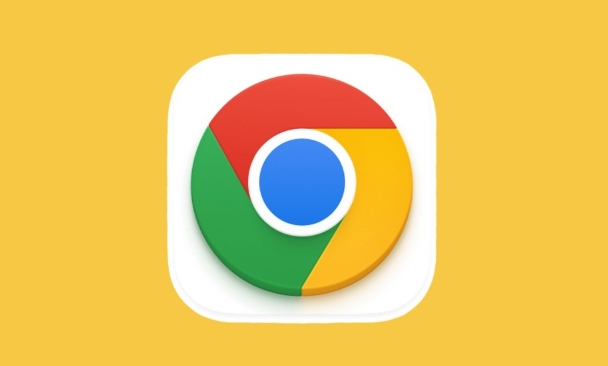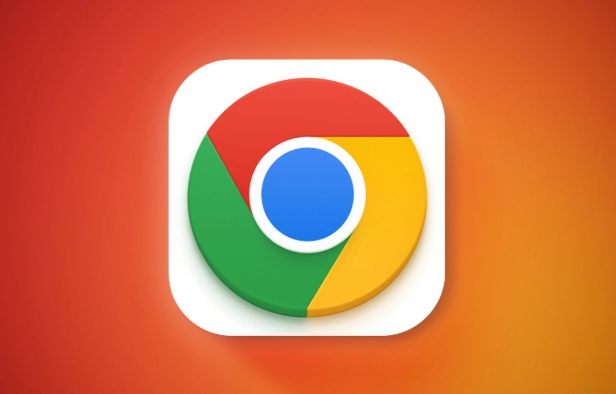Although the Chrome browser does not have a conspicuous one-click text to voice button, this function can be implemented in three ways. First, enable Chrome's experimental "read aloud" function: enter chrome://flags in the address bar to search and enable "enable-read-aloud", and after restarting the browser, right-click to select text and select "read aloud". Second, use the system's own TTS function: Windows users enable Narrator and press Win Ctrl Enter to read and select text; macOS users enable narration and use Option Esc or Option A to control reading. Third, install third-party extensions and enhance experience: plug-ins such as Read Aloud, TTSMaker, Announcer, etc., which support functions such as adjusting speech speed and exporting audio. You can go to the Chrome Online App Store to install it with one click.

The Chrome browser itself does not have a conspicuous "One-click to enable text to voice" button, but it can actually be achieved through system settings and the browser's own functions. The focus is on utilizing the operating system's TTS (Text-to-Speech) engine and combining Chrome's accessibility features to complete it.

Use Chrome's Read Aloud feature
Chrome itself provides a hidden but practical text reading feature that is suitable for listening to web content quickly or selecting text. This feature does not require additional plugins, just simple settings:
- Enter
chrome://flagsin the address bar and search for "enable-read-aloud" or similar keywords. - If your version supports it, you can enable this experimental feature (note: not all versions have this feature open).
- After enabling, restart the browser, right-click the text in the page and select "Read aloud".
However, this function is still in the testing stage on some devices and may not be stable and available.

Use the system's own text to voice function
If your Chrome does not support built-in reading, you can use the TTS engine at the operating system level:
Windows system:
- Open Settings → Easily Use → Narrator or Narrator.
- Turn on Narrator and press
Win Ctrl Enterin Chrome to start it. - Select the text you want to read with your mouse and Narrator will automatically start reading.
macOS system:
- Open System Settings → Accessibility → Narration.
- After enabling narration, press
Option Escto let the system read the selected text aloud. - You can also start/pause reading through the shortcut key
Option A
Although these methods are not directly completed within Chrome, they are more stable and universal, especially suitable for long-term reading needs.

Install third-party extensions to enhance experience
If the above method is not flexible enough, you can install some TTS plugins specially designed for Chrome, such as:
- Read Aloud : supports multiple languages, has a simple interface, and can adjust the speed and tone.
- TTSMaker : It can export web page content as an audio file, suitable for scenarios that require offline listening.
- Announcer : Provides more natural speech synthesis effect and has strong compatibility.
The installation method is very simple: open the Chrome Online App Store, search for the plug-in name, and click "Add to Chrome".
Basically these are the methods. If you just want to listen to web content occasionally, the system comes with the functions sufficient; if you use them frequently, it is recommended to install a plug-in, and the experience will be much better.
The above is the detailed content of How to enable text-to-speech in Chrome. For more information, please follow other related articles on the PHP Chinese website!

Hot AI Tools

Undress AI Tool
Undress images for free

Undresser.AI Undress
AI-powered app for creating realistic nude photos

AI Clothes Remover
Online AI tool for removing clothes from photos.

Clothoff.io
AI clothes remover

Video Face Swap
Swap faces in any video effortlessly with our completely free AI face swap tool!

Hot Article

Hot Tools

Notepad++7.3.1
Easy-to-use and free code editor

SublimeText3 Chinese version
Chinese version, very easy to use

Zend Studio 13.0.1
Powerful PHP integrated development environment

Dreamweaver CS6
Visual web development tools

SublimeText3 Mac version
God-level code editing software (SublimeText3)
 How to stop Chrome from updating in the background on Mac
Jul 21, 2025 am 12:41 AM
How to stop Chrome from updating in the background on Mac
Jul 21, 2025 am 12:41 AM
To prevent Chrome from automatically updating on Mac, it can be done by disabling update services, modifying permissions, and restricting network access. 1. Use terminal commands to disable the GoogleSoftwareUpdate daemon to prevent background updates; 2. Modify update directory permissions to prevent Chrome from starting the update process by itself; 3. Restrict Chrome's outbound network connection through system firewall or third-party tools to further eliminate update requests. Using these methods in combination can effectively prevent Chrome from being automatically updated.
 How to fix Chrome's spell checker not working
Jul 20, 2025 am 12:03 AM
How to fix Chrome's spell checker not working
Jul 20, 2025 am 12:03 AM
When Chrome spelling check fails, you can troubleshoot and fix it by following the following steps: 1. Confirm that the "Use Spelling Check" function is enabled and check whether the corresponding language is enabled in the language settings; 2. Adjust the input language order, delete the redundant language, and ensure that the main language enables spelling check; 3. Close possible conflicting extensions, especially syntax or translation plug-ins; 4. Update Chrome to the latest version and check the operating system updates. If it still doesn't work, try resetting Chrome settings.
 How to stop Chrome from automatically opening PDF files
Jul 21, 2025 am 12:09 AM
How to stop Chrome from automatically opening PDF files
Jul 21, 2025 am 12:09 AM
To let Chrome download directly instead of opening it when clicking on the PDF link, 1. Enter chrome://settings/content/pdfDocuments to check "DownloadPDFfilesinsteadofautomatically opening theminChrome"; 2. Check whether there are plug-ins such as Lightpdf or Smallpdf interfering behavior, you can try to disable the test; 3. You can use the developer tools to copy the link and paste the new tag to trigger the download. The above methods can be selected according to the situation.
 How to fix screen tearing when scrolling in Chrome
Jul 25, 2025 am 12:55 AM
How to fix screen tearing when scrolling in Chrome
Jul 25, 2025 am 12:55 AM
The screen tear occurs when the Chrome browser scrolls, which is usually caused by the out-of-synchronization of rendering and refresh. The solutions are as follows: 1. Ensure that hardware acceleration is enabled, you can manually check the settings and restart the browser; 2. Forcefully enable Compositor and related options to optimize rendering; 3. Check the display refresh rate, use single-screen testing, and enable VSync or adaptive synchronization technology on supported devices; 4. Update the graphics card driver or replace the display interface such as using the DP interface. It is recommended to start the troubleshooting with simple steps and gradually adjust to find the best configuration.
 How to fix Chrome profile sync getting stuck in setup
Jul 25, 2025 am 01:10 AM
How to fix Chrome profile sync getting stuck in setup
Jul 25, 2025 am 01:10 AM
The problem of Chrome sync stuck can be solved through the following steps: 1. Check the network connection and Google account status to ensure normal access; 2. Log out and log in to the Chrome account again; 3. Clear the synchronized data and restart the browser; 4. Reset Chrome settings; 5. Try the traceless mode or new user profile. Sequentially checking can effectively restore the synchronization function.
 How to fix Chrome opening new windows instead of tabs
Jul 26, 2025 am 01:29 AM
How to fix Chrome opening new windows instead of tabs
Jul 26, 2025 am 01:29 AM
1. Check whether the shortcut attribute has additional parameters and delete it; 2. Clear cache and switch startup settings, or create new user information; 3. Extend the impact and disable the problem plug-in through traceless mode. Chrome pops up new windows instead of tabs usually due to exceptions in shortcut parameters, cache configuration conflicts, or third-party extension interference. Check and adjust the corresponding settings in turn to resolve.
 Chrome keeps opening new tabs by itself
Jul 22, 2025 am 12:22 AM
Chrome keeps opening new tabs by itself
Jul 22, 2025 am 12:22 AM
The problem of Chrome automatically popping up new tabs is usually caused by malicious extensions, advertising scripts, or browser hijacking. The solutions are as follows: 1. Check and uninstall suspicious extensions, especially ad-class plug-ins; 2. Clear browser caches and cookies to eliminate data corruption; 3. Check whether the homepage and default search engine settings have been tampered with and manually corrected; 4. Use antivirus software such as WindowsDefender or Malwarebytes to scan and clear potential malware; 5. Finally, try resetting Chrome settings to restore the default configuration. Troubleshooting in this order can effectively solve most abnormal labeling problems.
 How to fix Chrome when it's not printing correctly
Jul 26, 2025 am 02:46 AM
How to fix Chrome when it's not printing correctly
Jul 26, 2025 am 02:46 AM
Chrome printing exceptions can be solved in the following ways: 1. Check the printer selection, paper size, orientation, zooming and background graphics settings in the print preview; 2. Try stealth mode to eliminate extended interference and clear cache; 3. Update or reinstall the printer driver, replace the general driver or use the "Print as PDF" method; 4. Finally, you can reset the Chrome settings to restore the default. Most problems can be solved through the first few steps. If they still fail, you can export PDF to print.






